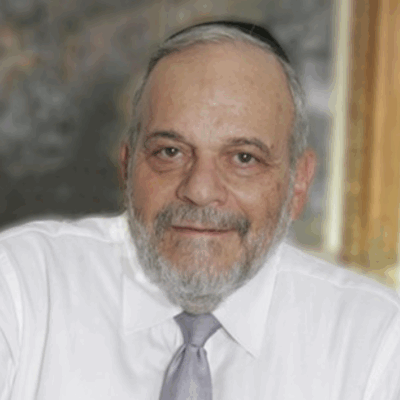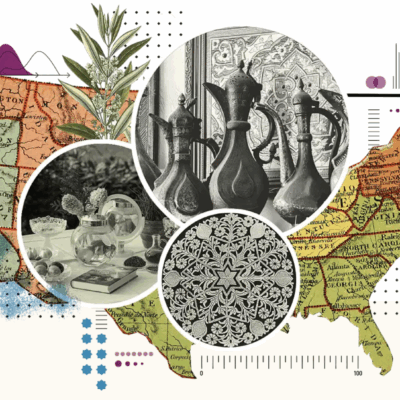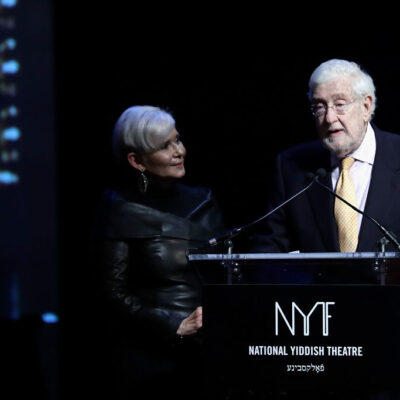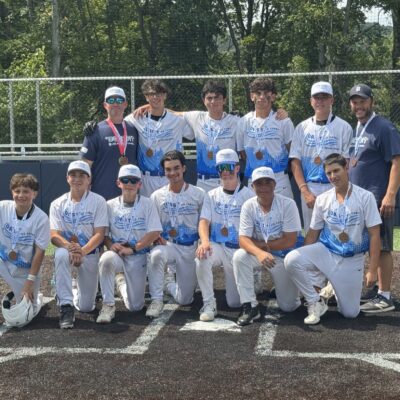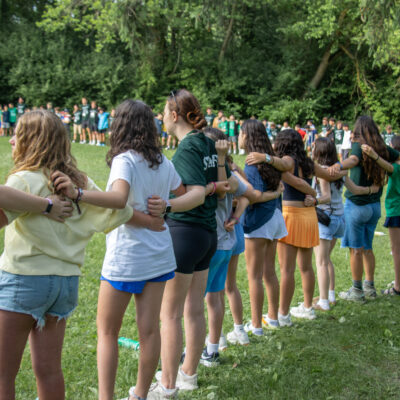Raising Restricted and Unrestricted Endowment Funds
 The annual campaign of the Jewish federation system has suffered terrible reverses in terms of numbers of givers over the last 25 years. Where will it be 25 years hence?
The annual campaign of the Jewish federation system has suffered terrible reverses in terms of numbers of givers over the last 25 years. Where will it be 25 years hence?
By Joe Imberman
“No single thing is more difficult than asking a donor to part with a major endowment gift for unrestricted purposes – be it now or tomorrow. “
Fact: in a single year not long ago 4 Jewish communities reported major multi million dollar gifts for restricted endowment purposes, the total of which represented probably 5-10% of the value of the national annual campaign in that year.
The very act of becoming a philanthropist in today’s environment seems to demand that donors carefully think through their motivations, capacities, mission, vision and values. A host of books trumpet this idea … the self-examined philanthropist. And yet we know that of the gifts received by charities for endowment purposes each year, a relatively small number are unrestricted and an increasing number are restricted in some fashion. From the charity’s point of view nothing could be more important than the former. So why don’t charities work harder at generating truly unrestricted gifts? In the federation world, funds endowing the annual campaign come as close to unrestricted as one could wish. For many senior leaders such funds in fact represent our highest aspiration. The primacy of the annual campaign is one of the oldest concepts in our lexicon of fund raising ideas. The annual campaign of the Jewish federation system has suffered terrible reverses in terms of numbers of givers over the last 25 years. Where will it be 25 years hence?
Raising unrestricted gifts requires unique donors and unique spokesmen. At one end of the spectrum, unrestricted giving requires a leap of faith about the future of the charity, its current mission and vision. At the other end is a donor who simply hasn’t considered the issues deeply or trusts that the institution will do the right thing. Even restricted giving requires a committed soul – a soul who believes in the mission and the past and current leadership’s ability to execute on the mission and a desire to be there for the leaders. The lure of restricted giving and what makes it so powerful is the win/win nature of the transaction. Both charity and individual get something they really want, as in the case of a medium sized Jewish Community foundation with which I visited recently.
As we continue to expand our dialogue over legacy giving and extend our efforts in this area how can we assure that we are doing our best to encourage permanent giving for unrestricted or restricted purposes? What should we expect from our donor population as it continues to morph?
There are old truths and new:
1. The oldest truth is that no one gives who is not asked. There is ample evidence to this fact among pros who have been involved for many years. Many donors who were early and continuous contributors to the annual campaign were reflexive legacy donors and simply asked their estate planner to “add something” for federation… producing a wellspring of unrestricted giving unfettered by purpose clauses. Nobody ever had to ask these donors … they simply stepped up.
2. Those who are cultivated and simply queried as to their philanthropic motivations as part of an organized campaign sometimes bring themselves along over a period of weeks or months and make much larger gifts than they had envisioned on first consideration of the subject (again a phenomenon at the same small community I mentioned earlier). And some of these are of course not even substantial annual donors!
3. Many donors see the donor advised fund as a permanent endowment and for all intents and purposes have misunderstood the purpose and operation of the fund they created with federation and or foundation. These are really in need of education.
4. Others get lost in the rhetoric and types of funds and literally move in reverse from the solicitor. This kind of individual needs a simpler solicitation.
5. For many years Jewish federation endowment and foundation activity has coexisted in the same philanthropic space as the local general community foundations. Permanent giving could become a more significant phenomenon in any community by encouraging more collaboration on selected key fronts like joint programming for professionals in order to get the word out effectively. The sense that we are in different universes should diminish. Relationships should increase, we should learn from each other, we should showcase our desire to benefit the entire metropolitan community, we should take advantage of mutual training opportunities, etc.
What are the actionable steps which can be identified in this arena?
Leadership makes the case internally that unrestricted and restricted permanent funds will support the budget of the overall organization in ways that no other source of funding can and makes the case for putting this item on the agenda.
The lay leader as well as the professional:
- knows the interests and backgrounds of their donors
- has a real sense for community needs and can articulate them in written and visible technically attractive ways.
- is a good listener and can help a donor achieve alignment between personal interest and community need.
- is able to clearly articulate the profoundly Jewish nature of their organization and differentiate it from the “competition.”
- can point their senior leadership at the most important donors
- educates local professional advisors about the most important needs of their organizations rather than simply relying on them for professional counsel.
- specifically campaigns for permanent unrestricted and restricted funds and minimizes other kinds of giving.
- involves and integrates into the sales team all staff members who bring something to the plate.
- assures that the messaging for permanent funds is so clearly of prominence that no donor can miss the importance of these efforts.
- allocates resources to marketing and development efforts for unrestricted and restricted endowment in ways that are adequate to get the job done.
- remembers to focus on these issues when at a foundation board meeting or with next gen as well as founding generation board members.
Follow the yellow brick road and see whether some of these suggestions help you educate donors about your institution and don’t be surprised if some of your biggest turn out to be a relatively unknown widow who consistently supported the annual campaign with small gifts, a major donor who truly wanted to create a significant scholarship fund, a former annual campaign chair who wanted to create a fund to do something wonderful overseas or in Israel or the president of one of your family supporting foundations.
And always remember that endowment development is a life long institutional priority!
Until recently Joe Imberman was Associate Vice President, Planned Giving and Endowments, Jewish Federations of North America, a position he held for almost 15 years. Prior, he was Endowment Director of both the Miami and Detroit Federations for a total of 18 years. He currently manages a consulting practice for endowments and foundations and serves as Senior Advisor to FCJA, the Jewish Federation of Montreal. He can be reached at Joe.Imberman@gmail.com.

